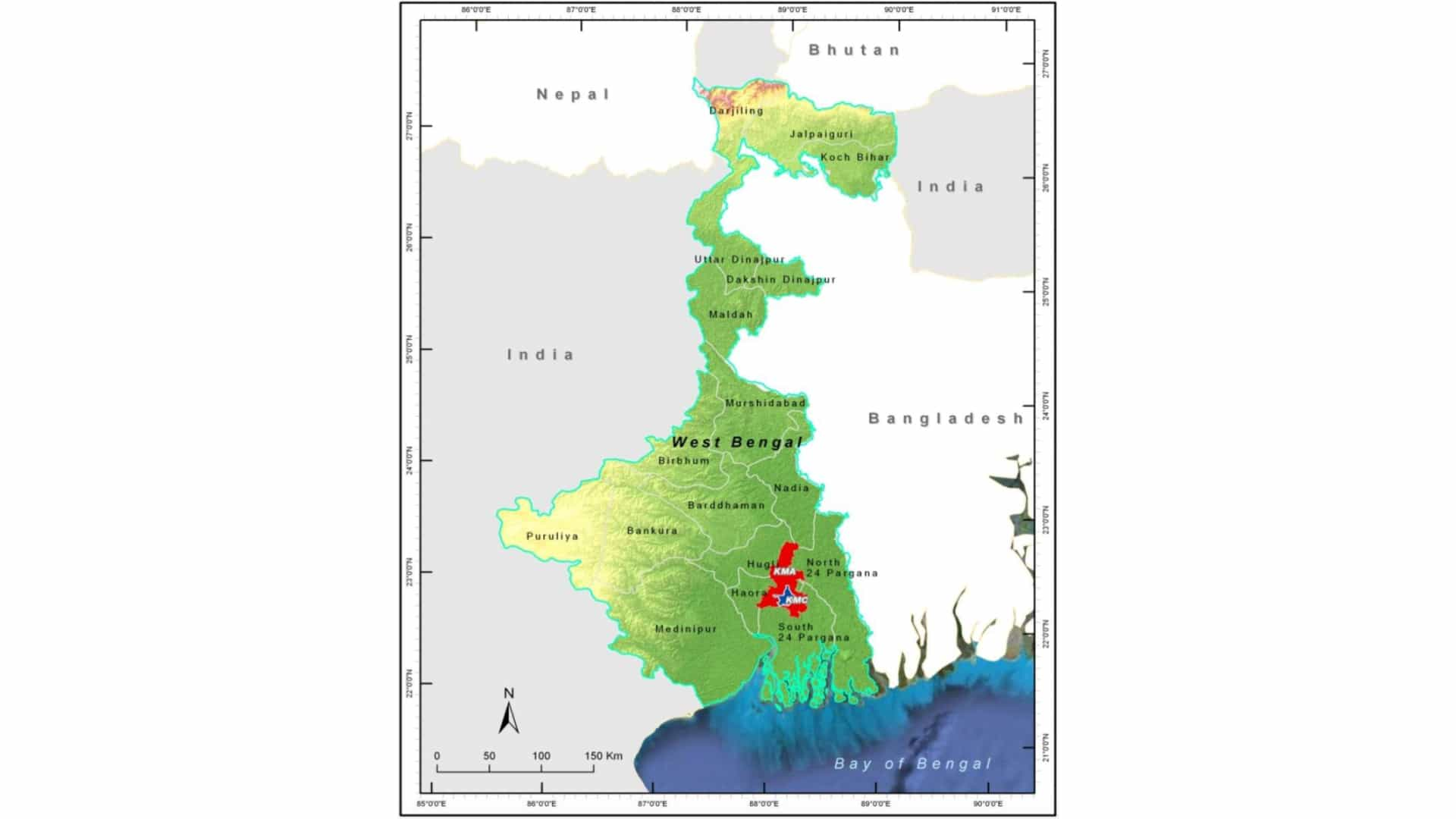 Studies show low lying coastal areas are highly vulnerable to flooding
Studies show low lying coastal areas are highly vulnerable to flooding
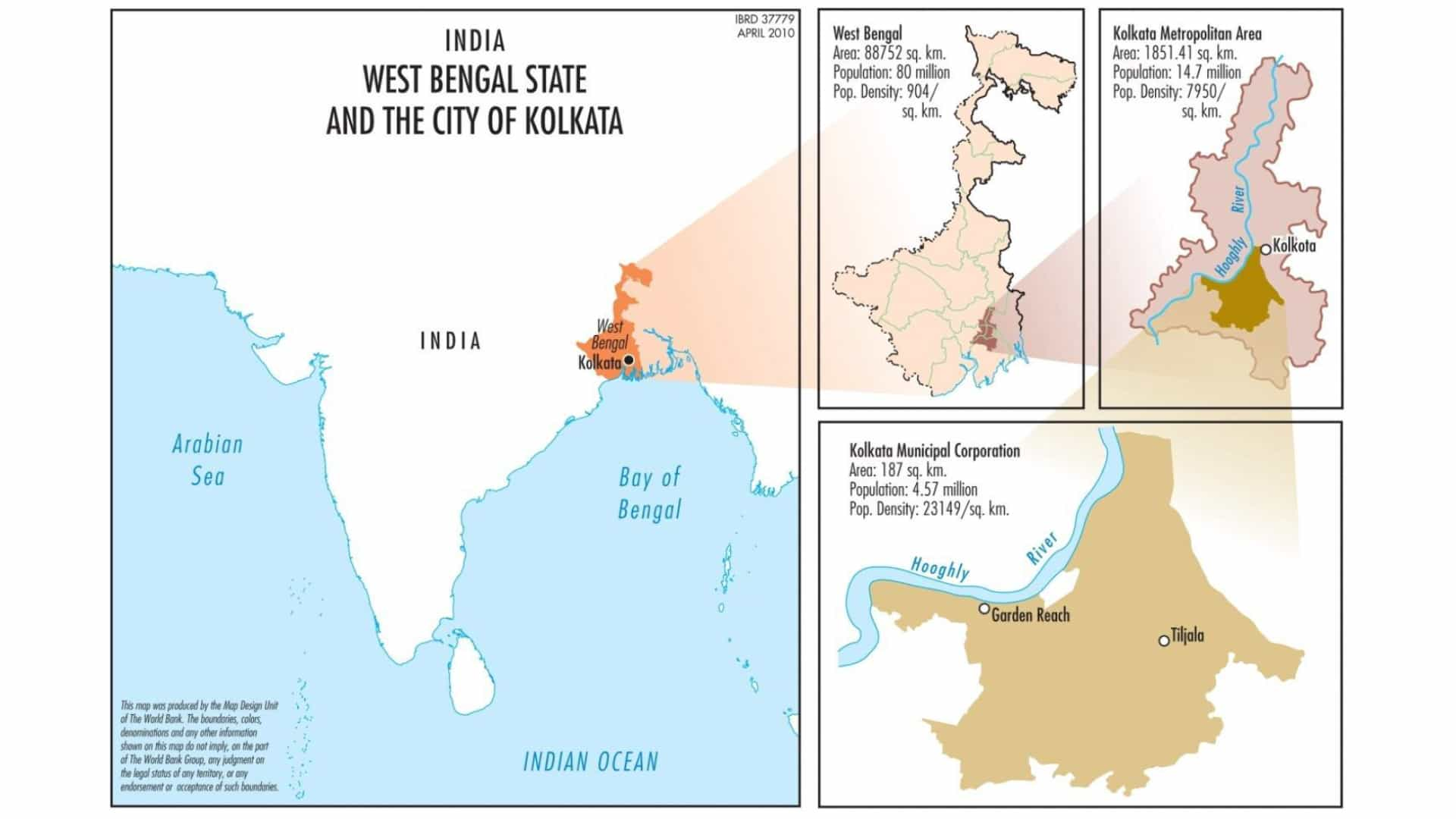 The study area
The study area
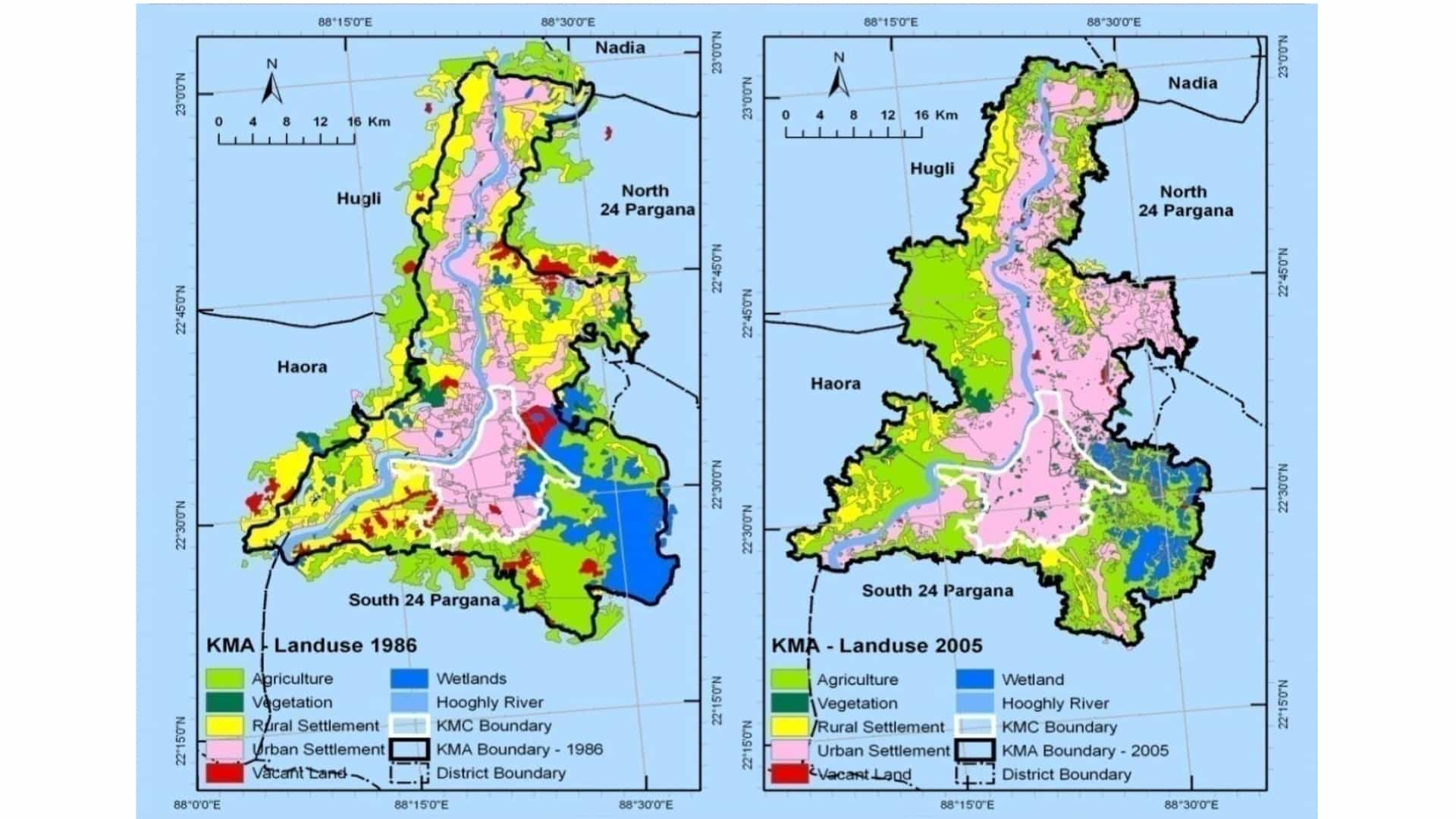 Changes in land use pattern between 1986 and 2005 in KMA
Changes in land use pattern between 1986 and 2005 in KMA
 Spatial data for the Hooghly basin used for the SWAT modeling
Spatial data for the Hooghly basin used for the SWAT modeling
- Vulnerability Impact Assessment
- Modeling Climate Change
- Environment
- Urban Flooding
- Hydrological Modelling (SWAT)
- Storm Water Management Modelling (SWMM)
- Asian Coastal Urban Megacities
- Water Resources
- Adaptation Strategies
- SDG#3 Good Health and Well-Being
- SDG#6 Clean Water and Sanitation
- SDG#11 Sustainable Cities and Communities
- SDG#13 Climate Action
Project Summary
Low lying coastal areas are highly vulnerable to flooding. A number of recent studies have shown that coastal areas are vulnerable to a range of risks related to climate change including coastal flooding. Among these coastal areas, the Inter Governmental Panel on Climate Change specifically identifies as hotspots the heavily urbanized megacities in the low-lying deltas of Asia (IPCC, 2007). Within Asian countries, India is particularly vulnerable with its 7,500 km long predominantly low-lying densely populated coastline. The first global assessment of the exposure of port cities lists Kolkata and Mumbai in India among the top ten cities that have high exposure to flooding under the current climate change forecasts (OECD, 2007). The study also shows that exposure will increase in the future and that by 2070 Kolkata is expected to lead the top 10 list in terms of population exposure.
As a response to these potential effects, a regional study to assess the impacts of climate change on major coastal cities in Asia has been undertaken. This work involves the World Bank in collaboration with the Asian Development Bank (ADB) and the Japan International Cooperation Agency (JICA). These three organizations have undertaken four country level studies that were presented individually and through a joint synthesis report on the main findings. The case studies include those for Manila led by the JICA, Ho Chi Minh City led by the ADB and Bangkok and Kolkata led by the World Bank.
Study Objective
This study aims to strengthen the understanding of the vulnerability of Kolkata from increased precipitation caused by climate change effects with a specific goal to:
- Compile a data base with past weather related information and damage caused by extreme weather related episodes;
- Determine scenarios most appropriate for assessing the impact of climate change;
- Develop hydrological, hydraulic, and storm drainage models to identify vulnerable areas and determine physical damage estimates resulting from climate change effects;
- Assess monetary, social, and environmental impacts resulting from such climate change events;
- Formulate adaptation proposals to cope with damage arising from climate change effects and explore strategies to mitigate them; and
- Strengthen local capabilities so that the planning process for Kolkata can account for climate related damage effects in future while analyzing all new projects
Findings
Based on the hydrology, hydraulic and storm drainage modeling as well as on the vulnerability analysis, the study was able to identify the most vulnerable wards to climate change. These wards are: 14, 57, 58, 63, 66, 67, 74, 80, 108 (see figure below).

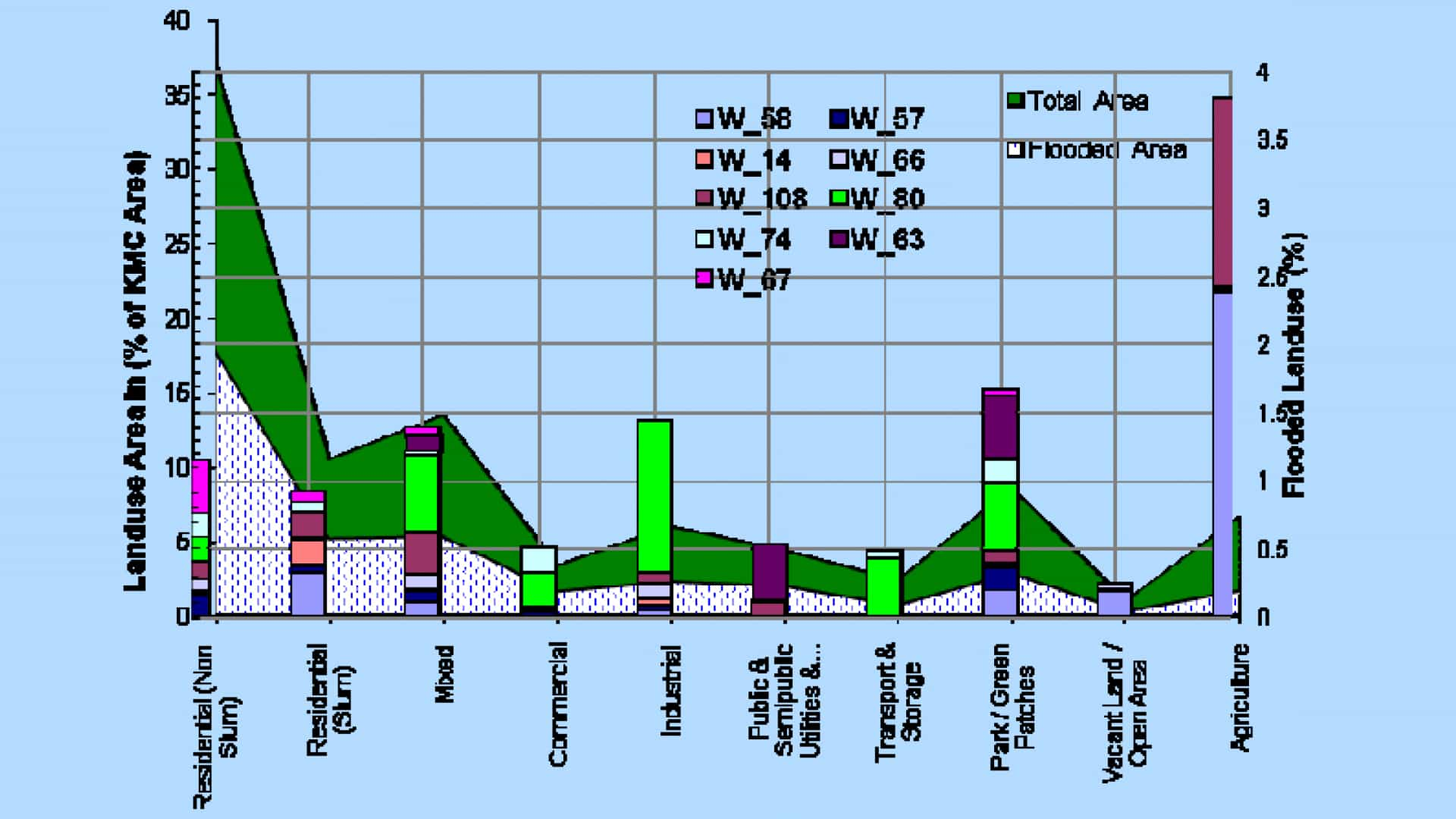
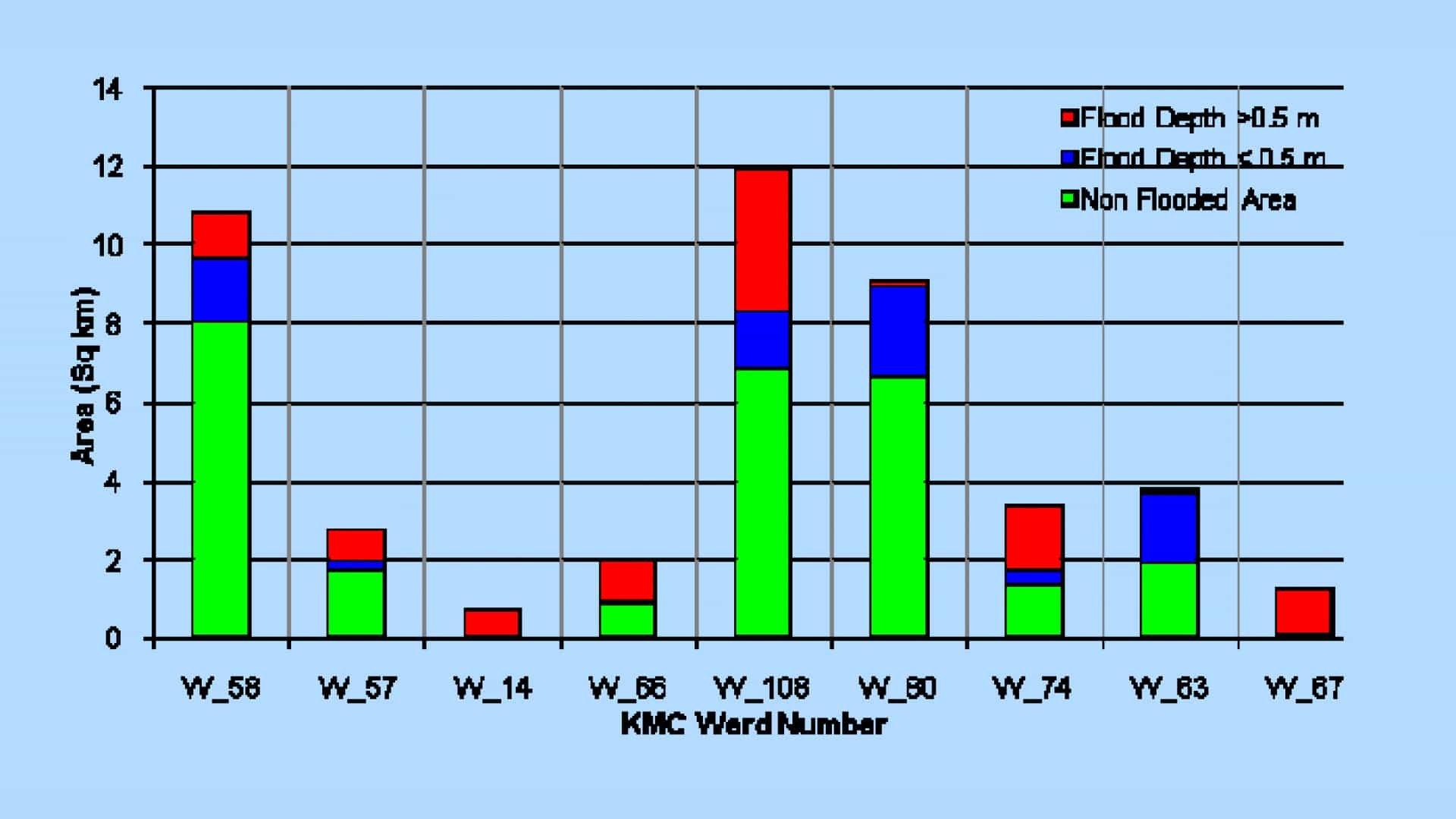
Figure: Characteristics of the 9 most vulnerable wards in KMC
Of these wards, the vulnerability of 6 wards (14, 57, 58, 66, 67, and 108) in the eastern part and ward 80 can probably be explained by the inadequate infrastructure, unplanned land-use, and poor socio-economic and environmental conditions. The infrastructural problems are getting even worse in recent times with increased building activity as these areas have become attractive to developers after becoming part of KMC.
Linkage to the SDGs

Goal 3: Good health and well-being
Ensure healthy lives and promote well-being for all at all ages.
Flooding in Kolkata creates health hazards because of poor drainage of storm water that is mixed with sewage by design since the city has a combined sewerage system. Strengthening resilience of the city against flooding shall ensure healthy lives.

Goal 6: Clean water and sanitation
Ensure availability and sustainable management of water and sanitation for all.
The study touches upon this goal by improving upon the sewage management by suggesting appropriate actions for rejuvenation of sewerage system including the pumping facilities for sewage.

Goal 11: Sustainable cities and communities
Make cities and human settlements inclusive, safe, resilient and sustainable.
Most of the vulnerable areas that have been identified in the study are the ones that are occupied by poor people. Frequent flooding impact livelihood of these people as well as they incur losses to their immobile property. The recommendations of the study once implemented can help in making the human settlements safe and resilient.

Goal 13: Climate action
Take urgent action to combat climate change and its impacts.
Implications of climate change on the flooding of Kolkata on account of local rainfall, riverine flood and sea level rise has been quantified using combination of models in the study. Thus it has provided a scientific basis for formulating action in the form of structural and non-structural measures to combat the climate change impacts.
We create integrated solutions for all issues Water
Let's connect
Integrated solutions. Domain expertise. Issue analysis.
Reach out to discuss a potential collaboration, something that piqued your interest in our work, just one planet enthusiast to another - we look forward to hearing from you!
Get in touch with us
+91 9717893921
5-B-2, B Block, 5th Floor, R&I Park, IIT Delhi, New Delhi - 110016, India





